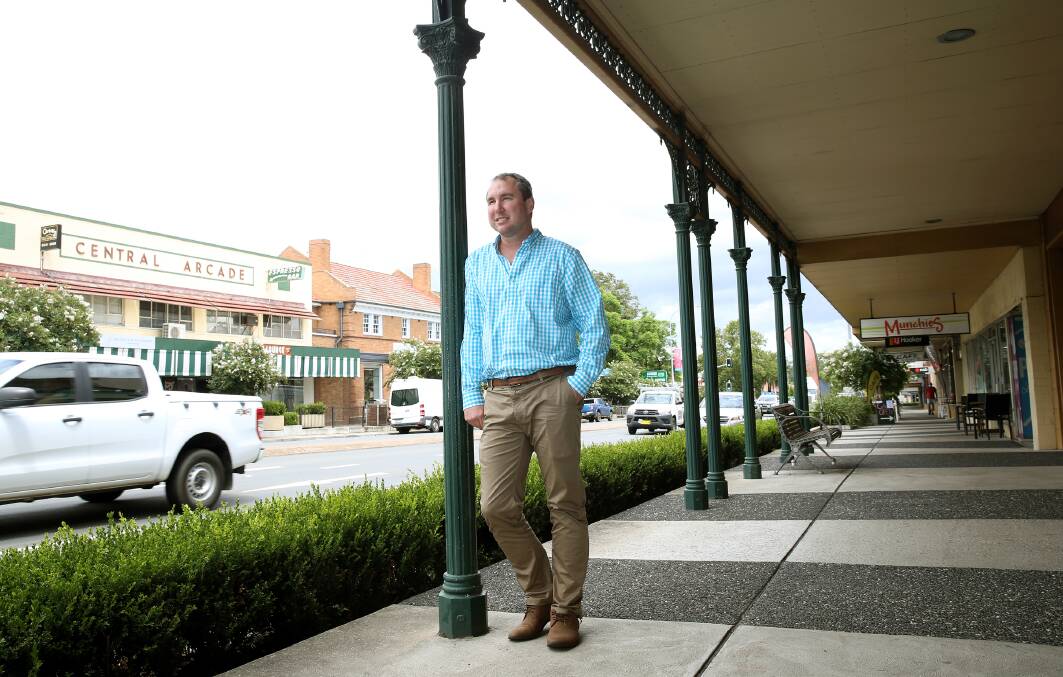
SINGLETON and Muswellbrook mayors have fired a broadside at the federal and state governments for not doing enough to help the Upper Hunter shift away from the region's over reliance on coal.
With both governments "failing to provide enough support", the councils have stepped into the void to develop a masterplan for possible future uses for mining land and investigate new job-creating industries.
Muswellbrook mayor and former coal miner Steve Reynolds (Ind) said it was time the state and federal governments got "off their arses and got up here".
Cr Reynolds said the Upper Hunter recently turned away a major manufacturing business that would have created hundreds of jobs because there was no available land.
The NSW government needs "to do a lot more" and he described the "complete lack" of engagement by Scott Morrison's Coalition government and Anthony Albanese's Labor opposition in the lead up to this month's federal election as "ridiculous" and "appalling".
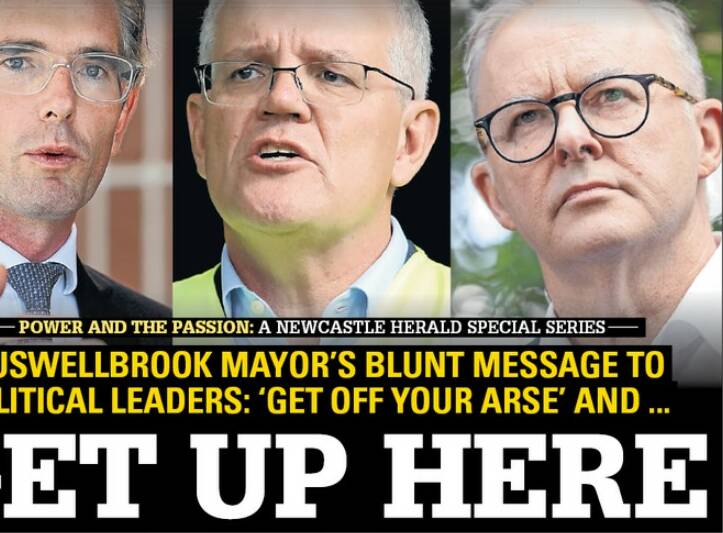
"It comes down to this, Muswellbrook and Singleton have been feeding the economy, both state and federally for so long, and now they're talking about turning the lights off up here," he said.
"It's complacency I believe. We are the most impacted area when it comes to all these debates people are having regarding net zero and coal mining. They should be having the conversation right here at the coalface."
Singleton mayor and chair of the Hunter Joint Organisation Sue Moore (Ind) said the state and federal governments had the funds and ability to secure the region's future, but were dragging the chain.
"We've been working within council, which we shouldn't have to do as it's not our job, but we've been looking across all those mine sites from a bird's-eye view to determine what the opportunities are into the future for the land," she said.
"In the lack of anyone doing that we decided to utilise some of our own money from our community economic development fund and engaged one of our employees to do that work so it's there and ready to go."
Cr Moore described the federal government as "silent" on the region's future and said the NSW government needs to appoint a Hunter-based statutory authority with the skills and funds to shepherd the region through the massive long-term structural changes it faces.
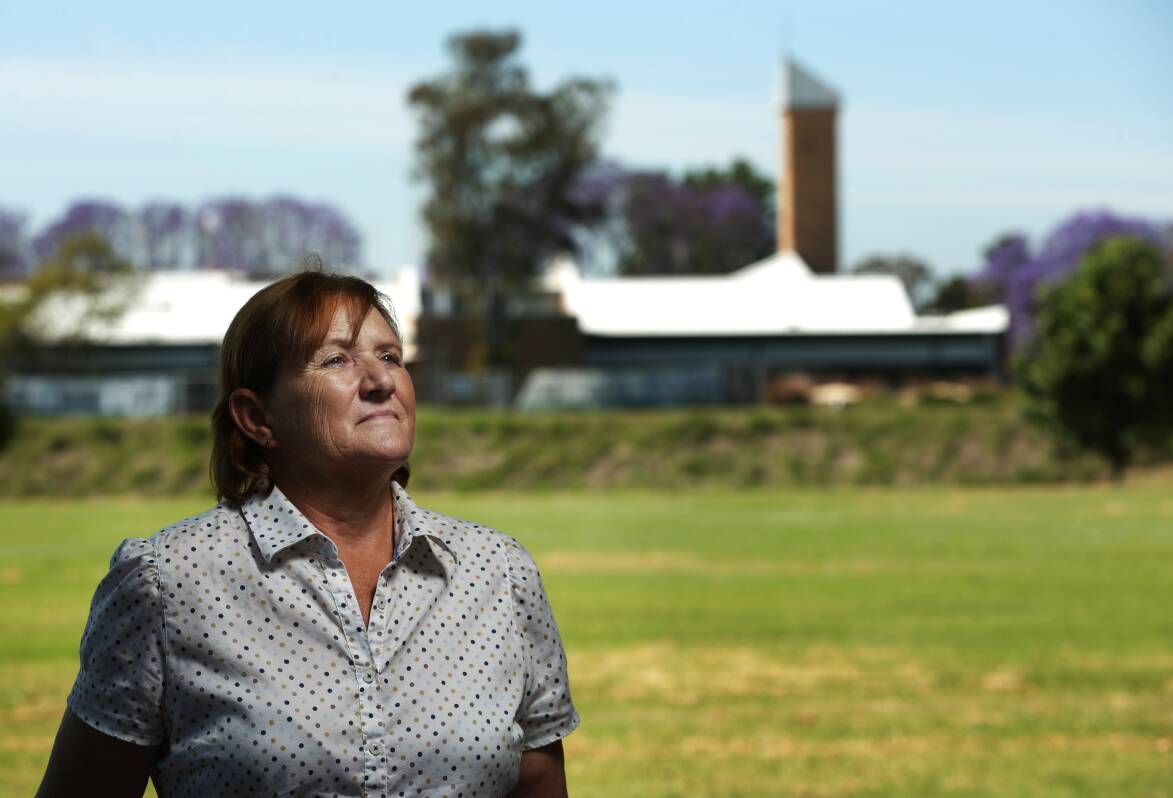
While praising the Royalties for Rejuvenation fund, launched by the NSW government in April 2021, to inject $25 million per year into coal mining communities to help them attract new industries, Cr Moore said it was "nowhere near enough".
Deputy Premier Paul Toole described the NSW government as "leading the way" on diversification planning, while pointing out demand for Hunter export coal remains strong.
He said legislation to enshrine the Royalties for Rejuvenation Fund in law was before parliament.
"As part of the fund, four expert panels will be established to provide recommendations to the minister on how funding should be used to help mining communities diversify into the future," he said.
"An interim panel for the Hunter, made up of Indigenous representatives, business chambers and other local stakeholders, has already held two meetings to discuss future options."
Mr Albanese was in Cessnock for a health announcement before visiting the Mt Thorley Warkworth mine early last month, while Mr Morrison was in Cardiff and Edgeworth in the week before the election campaign began.
Both mayors and Upper Hunter MP Dave Layzell (Nationals) said unlocking mine buffer zone land was the first key to attracting new industries and jobs.
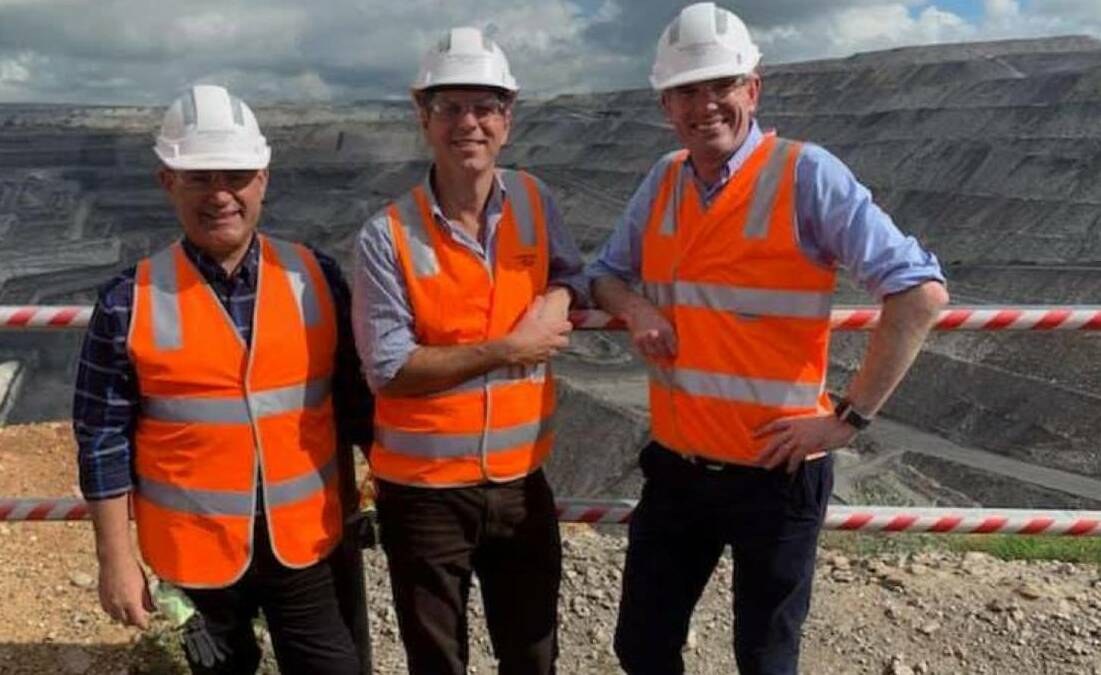
Mr Layzell described new industry as "knocking on my door", outlining three recent approaches from large manufacturing firms looking to set up in the Upper Hunter.
"They are looking for the 100-acre block that they can run a large manufacturing line on and they want services up to the gate," he said.
"They've come to me and said we're fully funded, we've got the money, just show us the land. I've been right through the Upper Hunter and we don't have land like that because the mines own it all."
The Newcastle Herald reported last month that 64 per cent, or 1280 square kilometres, of the Hunter Valley floor between Broke and Muswellbrook is taken up by mining leases, according to research from the University of Newcastle.
Under the mining leases rehabilitation must be completed before land can be used for anything else.
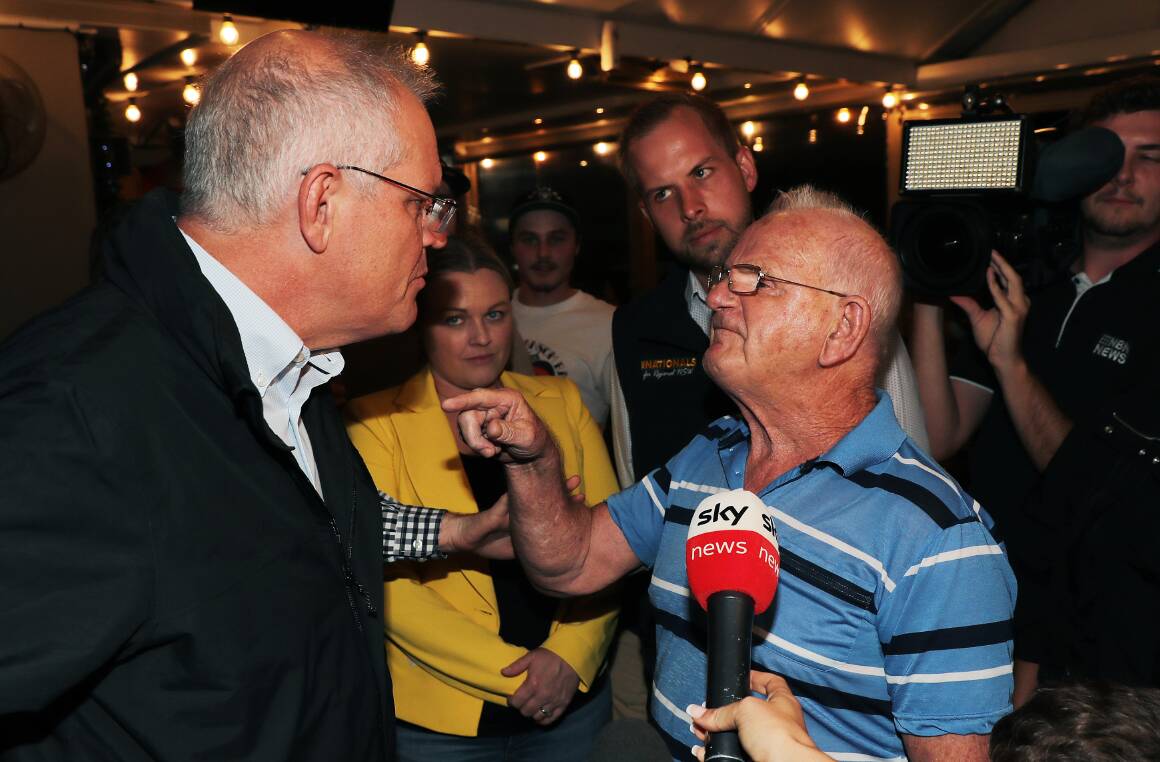
Mr Layzell said if the region had to wait for mining to end before land was unlocked, residents would be forced to "watch our area die".
"I'm working on a project to create a pathway for councils be rezone old buffer land and allow redevelopment on old buffer land and on rehabilitated lands before we get to 10 to 15 years past when the mine finishes," he said.
"We can't give the mines a get out of jail free card in terms of rehabilitation, that's not what we're talking about."
The three Upper Hunter politicians said they were disappointed the Royalties for Rejuvenation fund would not operate as they initially hoped.
"Because we have to negotiate with the crossbench to get it through it's been slightly watered down and it's less focused on the Hunter than I would have wanted," Mr Layzell said.
"It's spreading out to all areas of NSW."

Singleton Council general manager Jason Linnane said there were ideas galore about the future, but little actual planning.
About a year ago the council tasked a senior planning officer to develop a basic land-use masterplan for Singleton, in consultation with the mines.
"In our view its the responsibility of the state to be leading this process ... to try and articulate what are the real opportunities of these sites and what are the constraints," he said.
"But in the absence of anyone doing it, this isn't out job, but we decided if we don't do it we're going to be having all these largely uninformed conversations."







